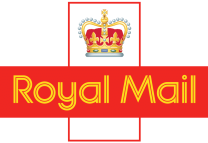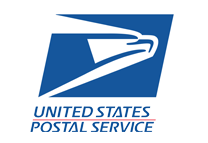Fetchify’s Data Providers
Best-in-class data powering world-class solutions.

The quality of your work relies on the quality of the data you have
Fetchify only works with the best data providers – meaning you always get the very best, most accurate and up-to-date data available online.
That’s our Data Guarantee.
Fetchify’s address data providers
We partner with the world’s leading provider of address data, giving you access to address information from more than 250 countries.
We use Royal Mail's PAF® (Postcode Address File) to provide you with the most up-to-date UK address database available. The database contains 1.8 million postcodes and more than 30 million addresses – and is updated every single day.
Royal Mail®

Eircodes guarantees accurate address data for the Republic of Ireland. Using ECAD and ECAF files ensures coverage of all geographic and postal addresses in Ireland, plus additional data, including alias address information and coordinates.
Eircodes

The United States Postal Service (USPS) handles 48% of all the world's mail. Our Address Auto-Complete tool includes all US ZIP and ZIP+4 searching.
USPS

The world's leading location platform, HERE covers over 100 countries and over 400 million addresses.
HERE

Kadaster provides access to the widest range of housing-related information, such as Statistics Netherlands, NL Agency, the NBWO and the Land Registry.
Kadaster

With approximately 1.8 million delivery points, The Postal Address File (PAF) is New Zealand's most complete and up-to-date database of postal addresses.
New Zealand PAF

Contact
+44 (0) 333 014 1992
(freephone)
Monday – Friday, 8am-6pm
(GMT London)
Products
Resources
Registered Office: 107 Cheapside, London, EC2V 6DN. Registered in England: 06912469.
© All Rights Reserved ClearCourse Business Services Limited T/A Fetchify.
Trading Terms & Conditions | End User Terms | Privacy Policy | Cookie Policy

